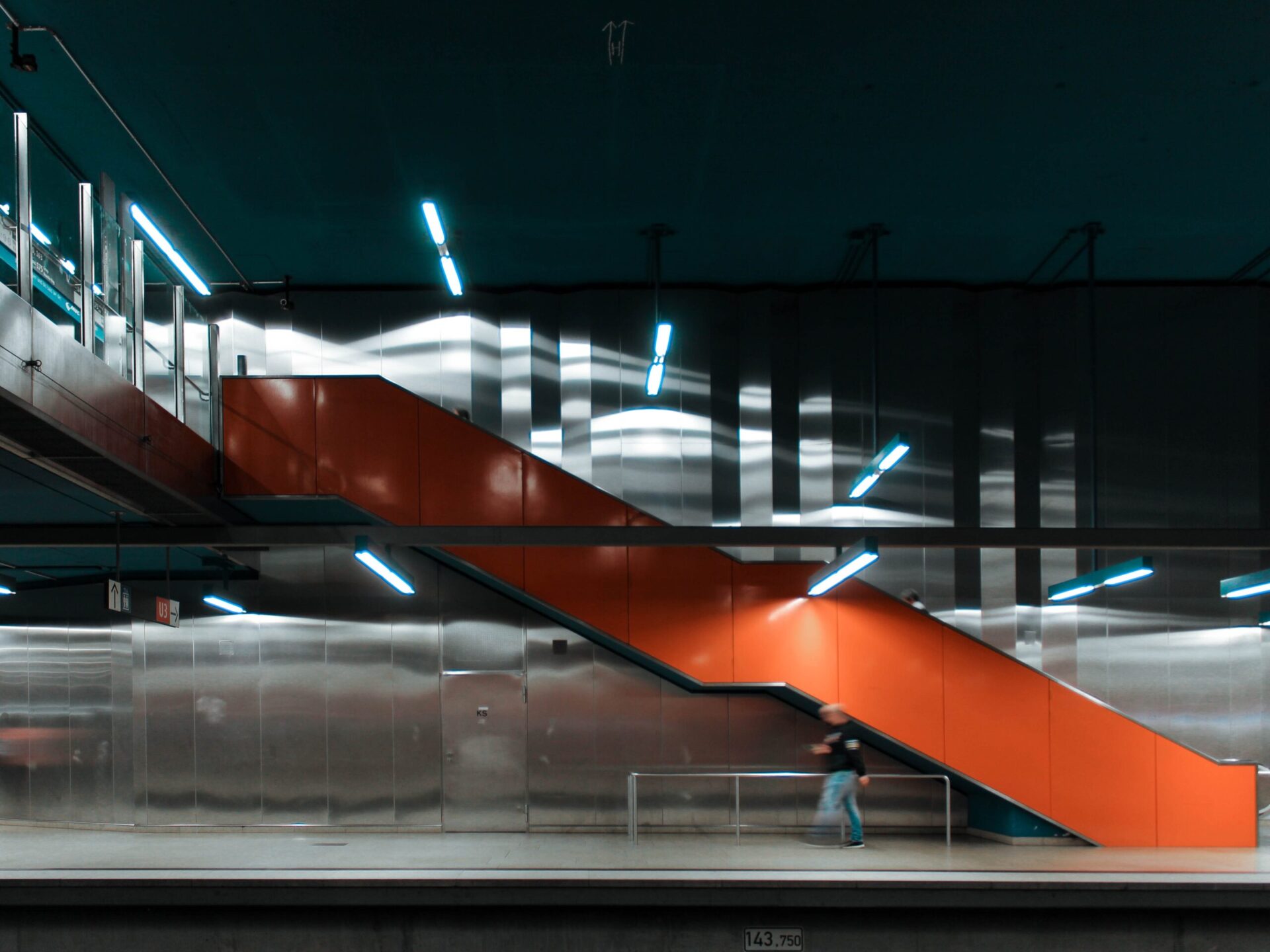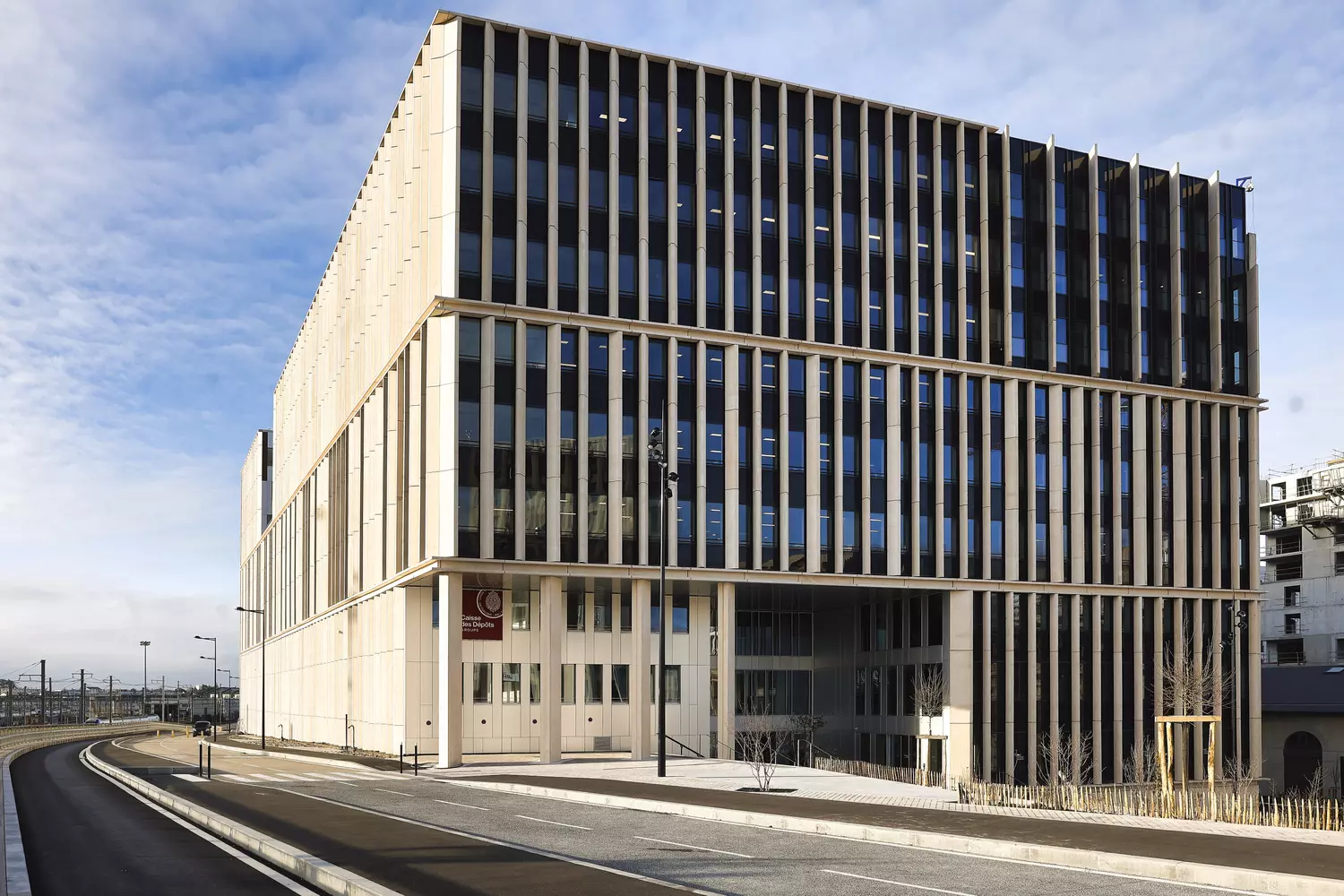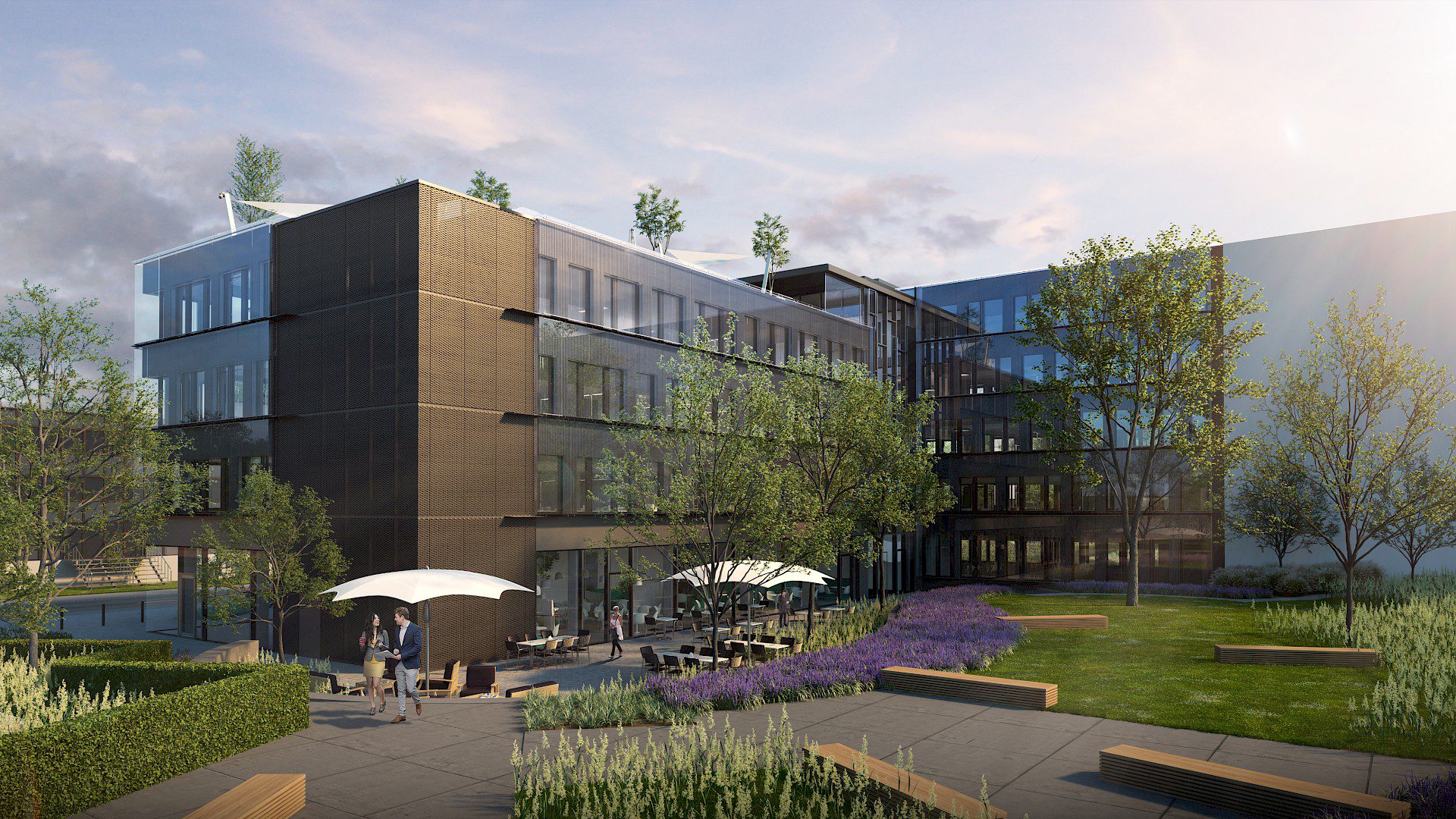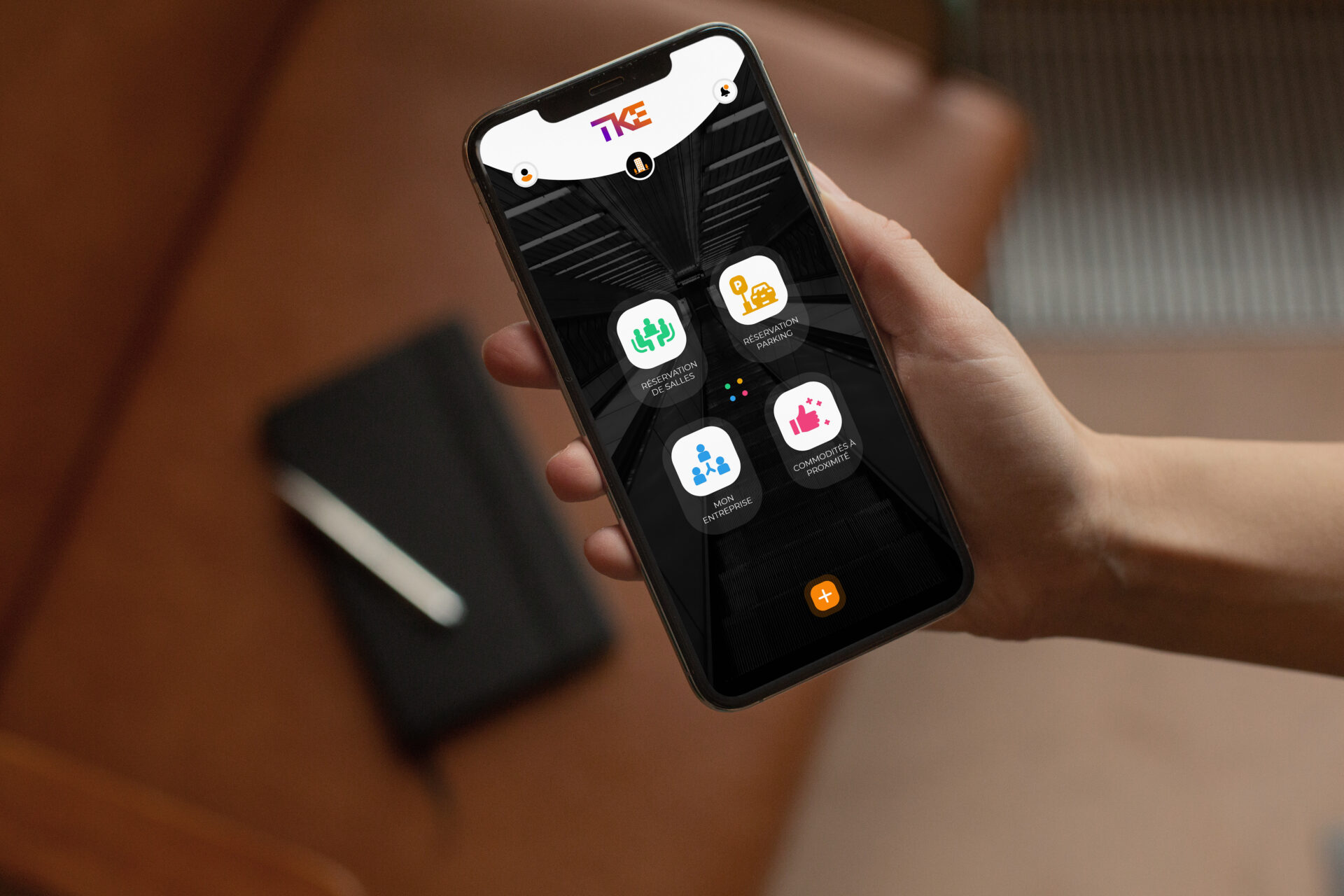


KD CONVERGENCE is a powerful data management, analysis and control tool designed to turn buildings into intelligent, usage-centred, responsible and cost-effective service platforms.
Building operating system
The construction of intelligent buildings is based on their ability, embodied by the BOS, to integrate and converge different technologies so that they interact as a coherent whole. Firstly, the technical packages (comfort, energy, intercom, video surveillance, lifts, fire detection, etc.) centralised in a computer system called Building Management System (BMS), each with its own specific features. And then a range of services (asset management, weather forecasts, space reservation, etc.) available via different systems, independent of each other.
Also known as middleware, the BOS creates a bridge between the building’s active equipment and external applications. This software platform considerably reduces the number of interfaces between systems, making it possible to develop complex services that mix data from different systems, while simplifying their use.
In addition to the centralised management, control, monitoring, hypervision, alerting and analysis capabilities of the entire BMS, the BOS hosts third-party software for activity reporting, maintenance and asset management. It processes a large number of measurements in real time and remotely controls installations such as building access, ventilation, lighting, water supply, lifts, etc. It contextualises all the data linked to consumption, monitoring, alerts and optimisation of energy costs and consumption: alarms, interventions, malfunctions, anomalies, expenditure, etc. Finally, it facilitates, accelerates and organises the deployment and use of digital applications in the building, transforming it into a platform for digital services, a Building-as-a-Service (BaaS). Ultimately, the BOS functions as the building’s nervous system, responsible for collecting, processing and redistributing all data, both usage data and building data. It is the key component in the digital architecture of buildings, guaranteeing a high level of performance and providing a wide range of services for occupants.
The 5 main technological functions of the BOS
- Initiate building energy management
- Feed building data
- Contextualise building alerts
- Enriching services for occupants
- Offering flexibility in how the building is used
A user-centric approach
A service-based approach to workplaces (and home offices) is resolutely oriented towards occupants, and offers an attractive experience so that the building is no longer just a place to work. The BOS provides applications with a single repository of usage data in addition to building data:
- Managing data according to use
- A “seamless” and “instantaneous” experience
- Pleasure and security
From ownership to use
A mix of uses and a high degree of flexibility for assets, with the possibility – simply and quickly – of reconfiguring services according to use, thanks to the building’s equipment (access control, comfort control, reconfiguration of rented spaces, information and interactive displays, connectivity, etc.).
Employees are involved, actors and authors, involved in their energy journey. The BOS orchestrates energy management.
Towards an ethical and economical building
- Optimising occupancy
- Reduced power draw and energy consumption
- Reducing environmental impact
Open, future-proof protocols
Enabling interoperability of all building services, guaranteeing flexible scalability and compliance with Smart Building regulations and standards. To control the flexibility of assets, increase their attractiveness and rental value while sustaining their overall value, KD CONVERGENCE integrates a structured and industrialised approach.
Building information server
A building ready for services, with a central server and connectors to the various equipment and systems. Sensors, actuators, BMS and CMMS are connected. The R2S Connect repository defines the reference framework for APIs and guarantees interoperability within buildings. If you’d like to find out more about this reference framework, don’t hesitate to get in touch with the SBA (Smart Building Alliance).
The facility to offer attractive services with a service centre to offer digital, popular and attractive services that retain occupants by transforming the place into an experiential living environment where coming to the office is a source of collaboration, willingness and desire to share. The building becomes a service centre, enhancing the value of the asset with an optimised experience: a solid, attractive service base (from the gym to catering, creative spaces, coworking, etc.).
Centralised data for easy monitoring and traceability of work and maintenance carried out throughout the life of the building via the digital “maintenance log”. The building centralises all the data from the services put in place, as well as the monitoring of work carried out to optimise and facilitate maintenance (Digital Twin and dynamic 3D model to facilitate work, for example). Via PowerBI dashboards or the provision of DATALAKE, the infrastructures are monitored and guaranteed to provide the services expected by the occupants.
DISCOVER OUR REFERENCES & NEWS IN DATA MANAGEMENT – BOS



